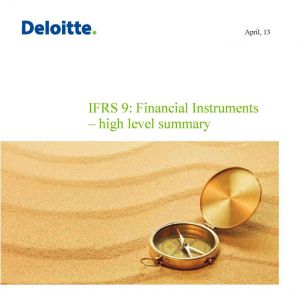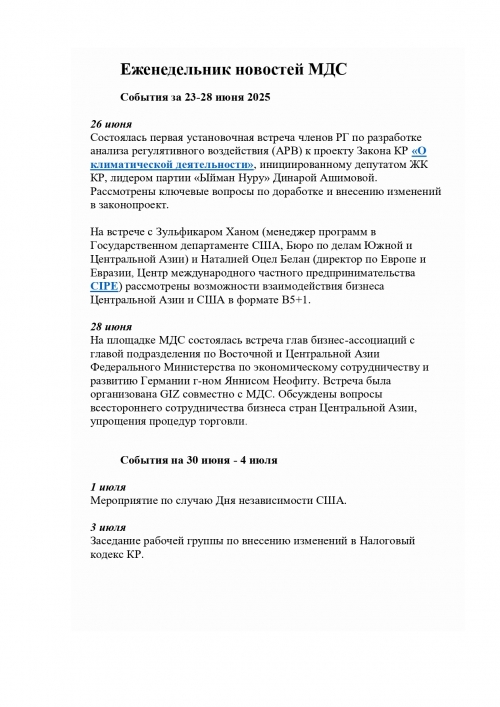Analysis /
Articles /
IFRS news: IFRS 9: Financial Instruments – high level summary
 Source: http://www2.deloitte.com/ru/en/pages/audit/ifrs-news-2016/13-april.html | The classification and measurement of financial assets is dependent on the contractual cash flows of the asset and the business model within which the asset is held. Embedded derivatives are no longer separated from financial asset host contracts. The new impairment model is based on expected credit losses and applies to debt instruments at amortised cost or FVTOCI, lease receivables, contract assets and certain written loan-commitments and financial guarantee contracts. A loan loss allowance for either 12-month expected credit losses or lifetime expected credit losses is required for all exposures in scope of the IFRS 9 impairment requirements. Hedge accounting can more closely reflect risk management; with more qualifying hedging instruments and hedged items. Retrospective assessment of hedge effectiveness is no longer required and the prospective test is now based on the principle of an ‘economic relationship’. Revisions to the accounting treatment for the time value of options, forward points and currency basis spread element of hedging instruments can reduce profit or loss volatility. Amendments to IFRS 7 Financial Instruments: Disclosures introduces significant additional disclosure requirements when IFRS 9 is applied. |




























